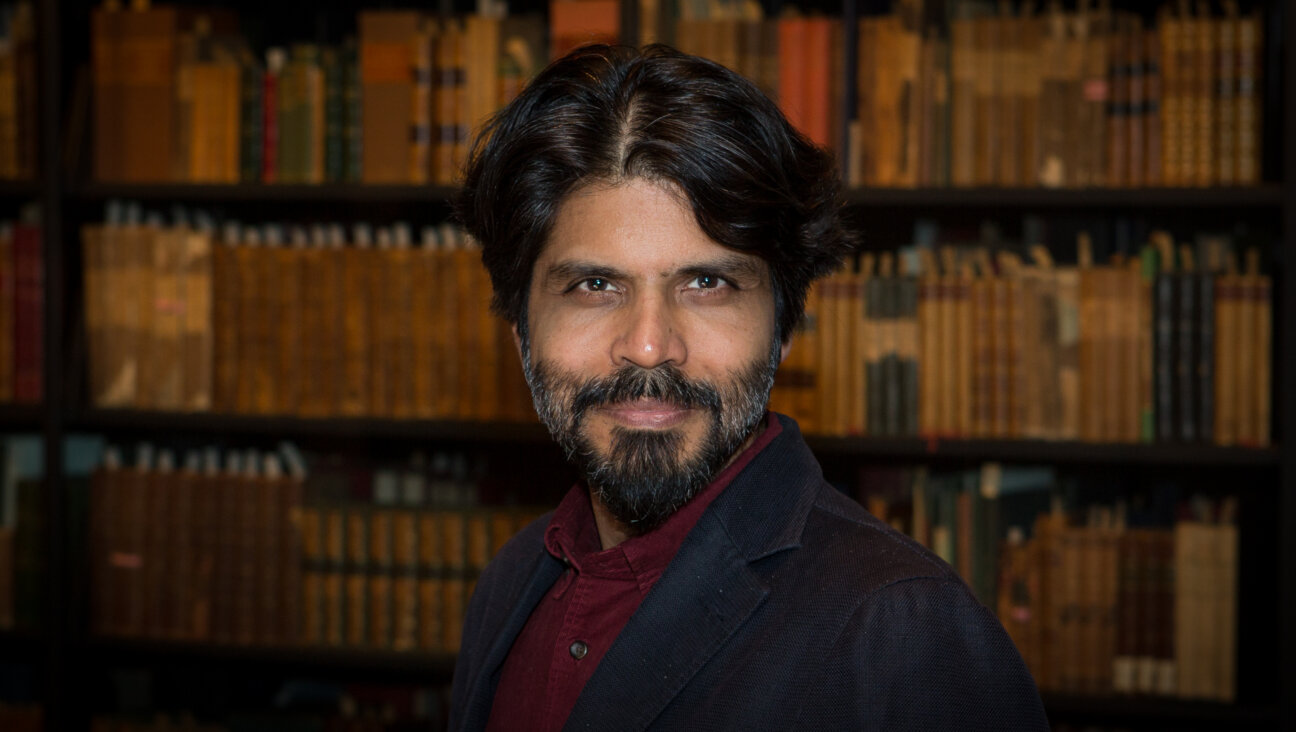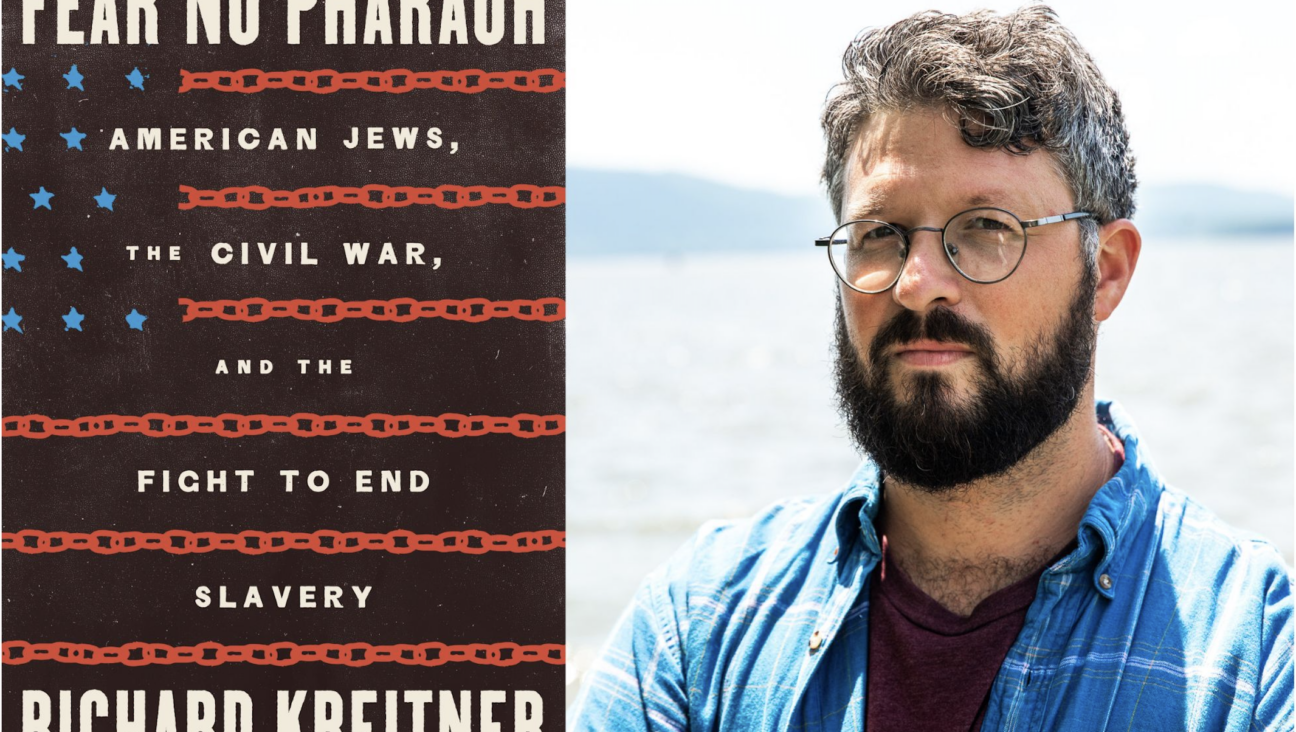Absence and Presence

Breaking the Tablets: Jewish Theology After the Shoah

Rowman & Littlefield, 144 pages, $21.95.
When John McCain was finally forced to reject publicly Reverend John Hagee’s support, he explicitly condemned some of the Christian leader’s most provocative views. Among them was Hagee’s professed belief that the prophet Jeremiah (of ancient Israel, not Chicago) warned of Hitler’s destruction of European Jewry, and that the Holocaust was a necessary prelude to the creation of Israel as well as a punishment to the Jews, for their deafness toward the Zionists’ exhortations from the late 19th century on, to abandon Europe for the Holy Land.
McCain may have been advised to distance himself from Hagee for fear of alienating conservative Jewish voters. Yet variations of these very same ideas — characterized by McCain as “crazy and unacceptable” — have been bandied about and debated by some of the world’s most influential Orthodox rabbis for decades, and are fervently held by myriad religious Jews to this day. A central tenet of the violently anti-Zionist theology of Satmar Rebbe Joel Teitelbaum was that the Holocaust was a punishment for the Zionists’ secular perfidy and impudent impatience with the tarrying messiah. On the other hand, Teitelbaum’s theological nemesis, super-Zionistic Rabbi Zvi Yehuda Kook, the spiritual father of the Gush Emunim settlers’ movement, preached that the Holocaust, as the dark side of a grand apocalyptic Divine plan, was the horribly holy, but necessary, “cleansing” (his exact term) of the Jews from the impurities of the galut (exile), and thus the precondition for the ingathering of the exiles and the creation of the State of Israel. More recently, the former Sephardic chief rabbi of Israel, Ovadiah Yosef, pontificated on Israeli radio that the Holocaust was a punishment for the sins of the maskilim, the secularized European Jews in the modern period, and — in explaining its million martyred children — for the transgressions of their non-Orthodox ancestors whose souls had been reincarnated to possess their otherwise innocent little bodies.
It is to such theologizing — shared by an assortment of evangelical Christians “united for Israel,” Orthodox Jewish Zionists and Hasidic anti-Zionists — that the first section (“Prayer During the Holocaust”) of Rabbi David Weiss Halivni’s powerful collection of essays, “Breaking the Tablets: Jewish Theology after the Shoah,” is largely directed. This essay was originally commissioned by Israel’s Yad Vashem Holocaust Institute as an introduction for the publication of the personal manuscript transcribed from memory by the Satmar hazan, Naftali Stern, to lead services in the Nazi labor camp at Wolfsberg for Rosh Hashana 5705 (1944), at which Halivni was present. In it, he reminisces about the transformative effects of that experience, but also offers a compelling, scholarly repudiation of Yosef’s suggestion that the mass murder of Jewish children somehow reflected the will of the God of Israel.
Despite its subtitle, this volume offers both less and much more than a “Holocaust theology.” It presents instead a grand, if concise, summation of the masterful contributions, over more than a half-century, to both biblical and rabbinical text studies, and Jewish religious thought, of one of today’s greatest talmudic scholars. The book consists of four essays by Halivni, all prefaced by commentaries by Peter Ochs, that sharply synthesize his life’s work, from the early, bold critical textual studies of the Talmud, in his multivolume masterpiece, “Mekorot u-Masorot” (“Sources and Traditions,” 1968-2007), to his moving 1996 memoir, “The Book and the Sword: A Life of Learning in the Shadow of Destruction.”
The central thesis of “Breaking the Tablets” is that the history of the Jews is “bookmarked” by two diametrically opposing “revelations”: Sinai and Auschwitz. The revelation on Mount Sinai was the apex of God’s nearness to the Jews, while the revelation at Auschwitz was the nadir of God’s absence from them. Halivni’s conviction is that Auschwitz represents not merely God’s “hiding his face” from Israel, as a consequence of the Jews’ sins — a familiar trope in rabbinic theology — but also his actual, ontological withdrawal from human history.
For Halivni, the unprecedented horrors of the Holocaust defy any explication that might be culled from the sadly large arsenal of Jewish theodicy (the theological enterprise of justifying God in the face of suffering, innocent humanity) — from the talmudic ruminations about the destruction of the two Temples and the medieval Crusade chronicles, through to the rabbinical reflections sparked by the Ukrainian and Russian pogroms from the 17th to the 20th century. Through a sensitive reading of the same biblical source referenced by the likes of Hagee and Yosef, Halivni compellingly demonstrates that this un-prophesied pinnacle of evil has no precedent in the long Jewish history of suffering that started with the destruction of Solomon’s Temple. Children in death camps “suffered and died, but for nothing they had done,” he argues. Rather, “the cause of their suffering was cosmic.”
By “cosmic,” Halivni is referring to a world abandoned by God and given over entirely to the whims of evildoers. For him, the most compelling and urgent words of the Jewish liturgy after Auschwitz, and among the few that can be invoked with literal truthfulness, are from the central benediction of the Rosh Hashana Amida, in which God is implored to “rule again over the entire world in Your glory” — words that Halivni recalls being intoned by the inmates at Wolfsberg with more passion and kavanah, or inner intent, than anything he had ever before witnessed in a synagogue. These Jewish slave laborers’ pleas to God to restore His rule over humanity, to re-enter history, are understood by Halivni to this day as reflecting the total disappearance of divine providence from human affairs during the Shoah. There can be no theological explanation, let alone any political justification, for what happened in Auschwitz.
According to Halivni, the withdrawal of the divine presence was not a sudden disappearance of God that took place only in the 20th century. Rather, Auschwitz was the tragic culmination of an ancient, dialectical process whose first instance was Moses’ breaking of the tablets in response to the Israelites’ worship of the golden calf. The second chapter of “Breaking the Tablets” — which returns to the central thesis of Halivni’s most revolutionary book, “Revelation Restored” (1997) — provides a history of this dialectical process of God’s revelations and vanishings, as reflected in the history of the losses during times of idolatry, and restorations in times of religious revival, of the canonical texts of Judaism, from Torah to Talmud.
The ontological absence of God during the Holocaust was, in other words, preceded by a long history of eclipses of God’s will from what Orthodox Jews fervently believe to be Judaism’s immaculate, revealed sacred texts, both divine and rabbinic. Halivni’s most scholarly and original contributions to talmudical studies point to the many “bumps and fissures” in Jewish sacred literature and as such have served, quite deliberately, to undermine the religious authoritarianism and maximal claims to access to divine wisdom on the part of the experts in these very texts, namely, the rabbis.
Halivni’s disgust with those rabbis and preachers who offer theological rationales for the Holocaust is then part of his much broader dissent with the sanctimonious authority claimed by fundamentalist clerics. As such, it extends from outrage at the conceit inherent in claiming to “understand” Auschwitz as the handiwork of the Almighty to the more general arrogance inherent to the claims of many Orthodox rabbis to an overriding, divinely inspired authority in any matters of life and death, a philosophy referred to in religious circles as Daas Torah.
The source of such claims of authority, Halivni demonstrates, is the misconstrued medieval dogma of a dual revelation that allegedly occurred at Sinai: the written Torah of Moses and the oral Torah of the Rabbis. The central “title essay” of his book, “Breaking the Tablets and Begetting the Oral Law,” which concisely synthesizes several of his earlier, seminal scholarly works, offers a devastating debunking of the myth of dual revelation, particularly the tendency of rabbinical authorities to assert their personal views as “halakha le-Moshe mi-Sinai.” He traces the origins of this religious authoritarianism to the post-talmudic era, and explains its increasing assertion as being directly proportional to the ever-decreasing divine presence from the Jewish people in exile, whose most serious casualty was the corruption of the canon of sacred Jewish texts, beginning with the Torah itself, before its “restoration” by the scribe Ezra in the fifth-century BCE.
Just as Auschwitz demands a humble admission of incomprehension at God’s ontological absence, rather than theological justification, so does the manifold maculation of Jewish scriptures demand humility about the limitations of the rabbis’ wisdom, a modesty that Halivni finds increasingly, and disturbingly, lacking in the post-Holocaust era. He notes, with no small degree of annoyance, “Even in our days, the words of noted sages of the law — even when they are manifestly subjective and not based solely upon a weighing of the sources — are revered by their followers as if they emanated from the burning bush. An essential and healthy acknowledgement of any sage’s humanity and fallibility is missing in the zeal of the pious, and that lack, which leads to intolerance and rigidity, is a legacy of the medieval elevation of the oral Torah to the level of revelation.”
In Ochs, whose incisive academic introductions to each of the book’s four sections will be of particular interest to more scholarly readers, Halivni has found not only a fine editor but also a challenging interlocutor. Ochs synthesizes and contextualizes, in the larger field of modern Jewish studies, Halivni’s variegated writings — from his intrepid revisions of medieval rabbinical thinking about the dual nature of the Revelation at Mount Sinai to his equally daring rejection of contemporary fundamentalist Holocaust theology. Throughout, Ochs demonstrates how Halivni’s original approaches situate him between the usually conflicting worlds of modern critical Jewish studies and traditional, yeshiva-centered rabbinical scholarship, and how these are harmonized in Halivni’s life’s work. More important, Ochs makes clear the unity of his teacher’s oeuvre, behind which is a consistent refusal to accept the frequently dogmatic resolutions of difficult — or, in the case of Holocaust theology, impossible — problems that characterize the certitudes of the critical approach of “objective” modern scholars of religion and the irrational theology of many Orthodox rabbis.
In the end, however, Halivni’s work, like his personal life, is actually one of deep piety and heroic belief in the shadow of the death camps that he survived. His polemic with the certitudes and cover-ups of flawed sacred texts by the Orthodox is motivated by pure, almost naive to my lights, faith in God and an abiding faithfulness to His law. Halivni is ever careful to distinguish between his own critical scholarship and theological doubt, on the one hand, and on the other his abiding search for what he calls Torat Emet, the Torah of truth, issued by a formerly providential God. Both of these have been, for the time being, in a state of eclipse.
In that spirit, the concluding chapter of “Breaking the Tablets” is an extended supplication for the return of the Divine presence to the lives, and the manifestation of his will to the sacred texts, of His people. This remarkable work, by a giant of contemporary Judaism, appropriately ends with this prayer — not unlike the one offered by the inmates at Wolfsberg on Rosh Hashana 5705 (1944) — for the re-manifestation of “God’s purpose in creation, for us to worship Him and be close to him; [for] only prayers like these may heal the terrible wound that recent history inflicted on us and shorten the distance between the two major events in Jewish history: Sinai and Auschwitz. Amen.”
Amen, indeed.
Allan Nadler, a frequent contributor to the Forward, is professor of religious studies and director of the Jewish studies program at Drew University.
The Forward is free to read, but it isn’t free to produce

I hope you appreciated this article. Before you go, I’d like to ask you to please support the Forward.
At a time when other newsrooms are closing or cutting back, the Forward has removed its paywall and invested additional resources to report on the ground from Israel and around the U.S. on the impact of the war, rising antisemitism and polarized discourse.
Readers like you make it all possible. We’ve started our Passover Fundraising Drive, and we need 1,800 readers like you to step up to support the Forward by April 21. Members of the Forward board are even matching the first 1,000 gifts, up to $70,000.
This is a great time to support independent Jewish journalism, because every dollar goes twice as far.
— Rachel Fishman Feddersen, Publisher and CEO
2X match on all Passover gifts!
Most Popular
- 1

Film & TV What Gal Gadot has said about the Israeli-Palestinian conflict
- 2
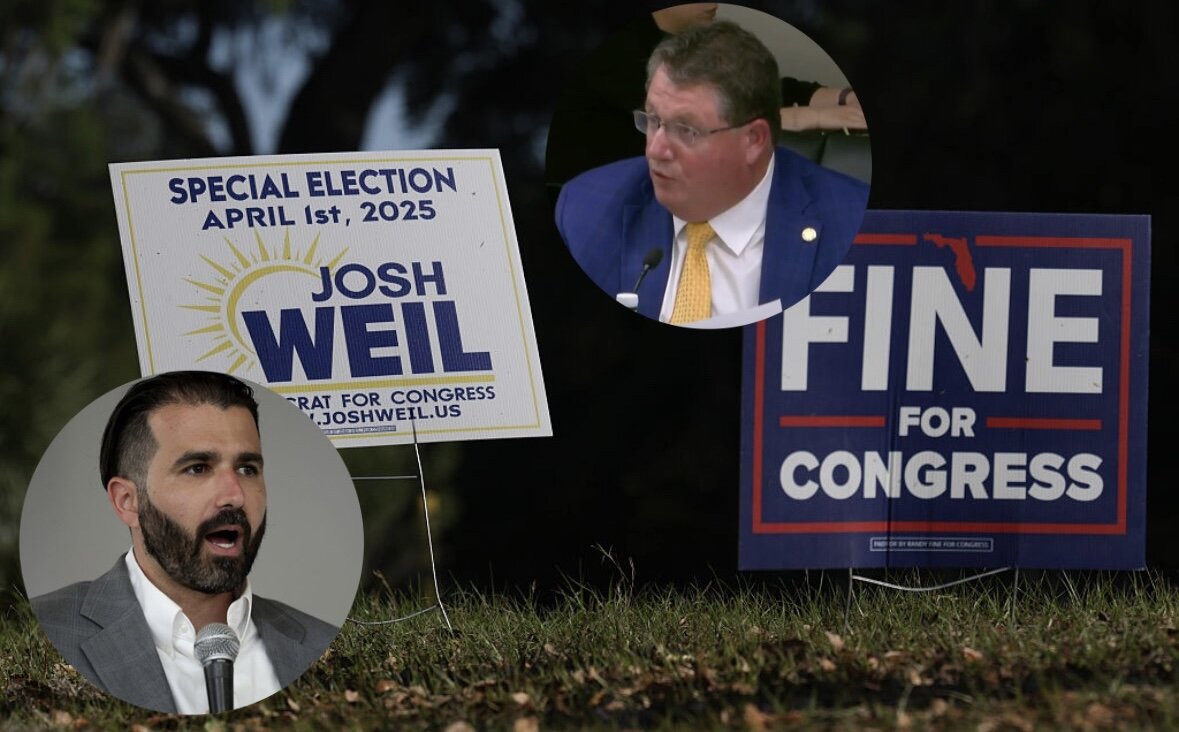
News A Jewish Republican and Muslim Democrat are suddenly in a tight race for a special seat in Congress
- 3
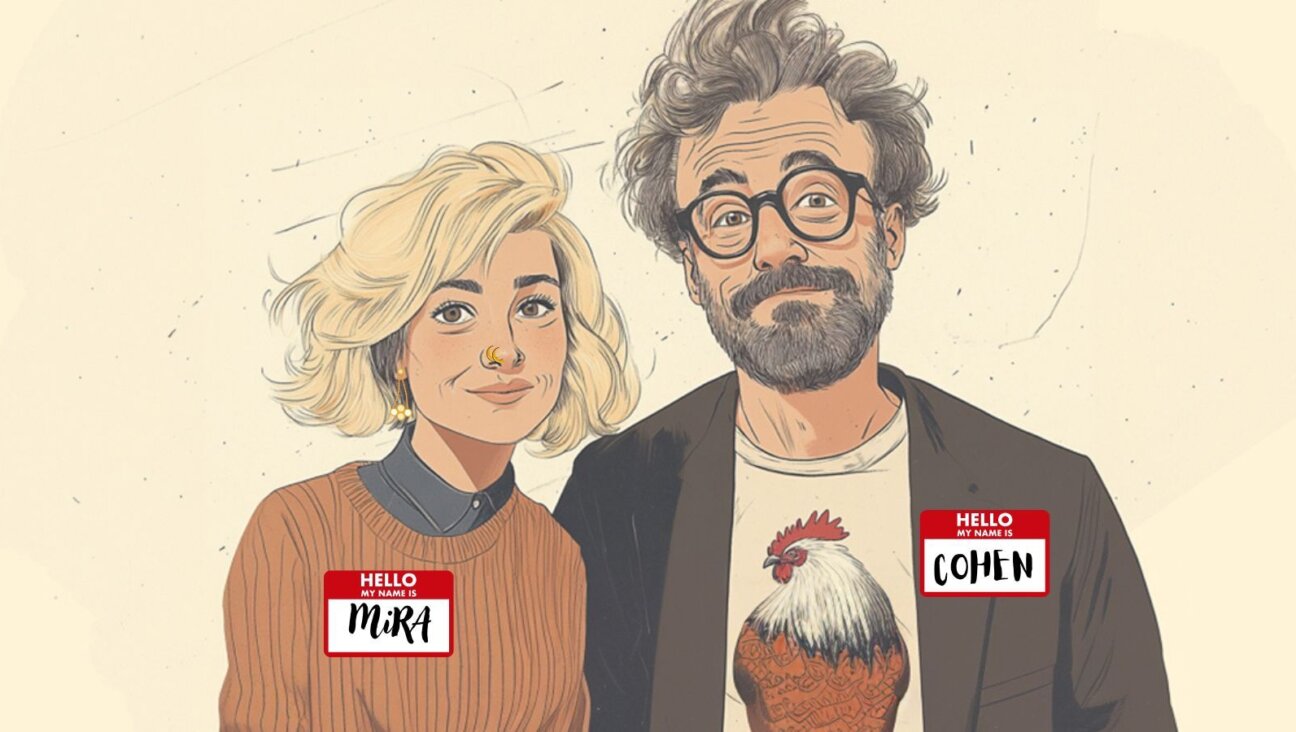
Culture How two Jewish names — Kohen and Mira — are dividing red and blue states
- 4
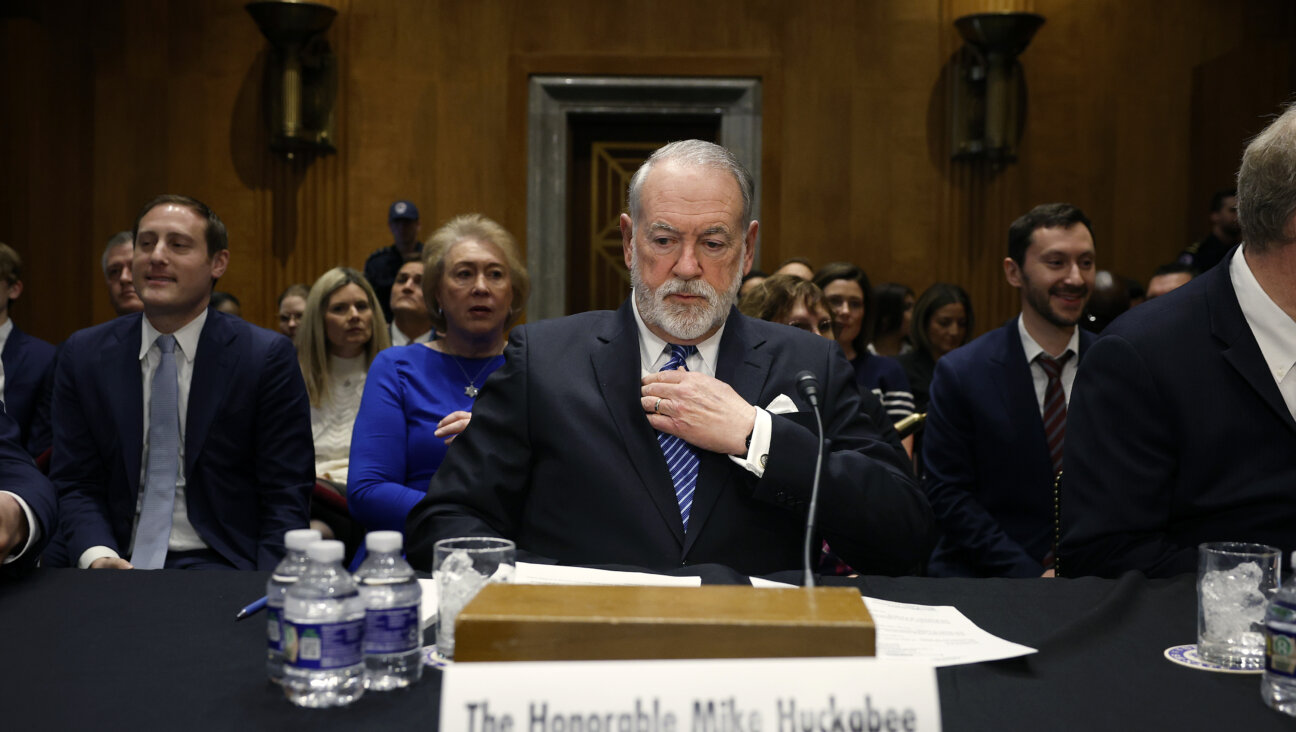
Opinion Mike Huckabee said there’s ‘no such thing as a Palestinian.’ It’s worth thinking about what that means
In Case You Missed It
-
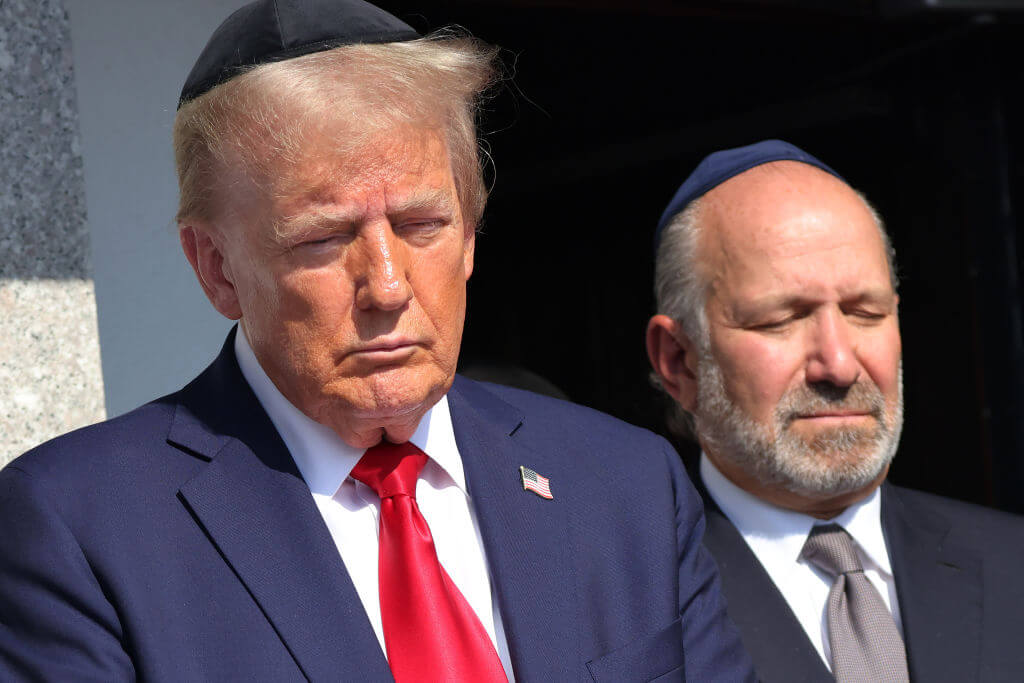
Fast Forward Trump’s plan to enlist Elon Musk began at Lubavitcher Rebbe’s grave
-

Film & TV In this Jewish family, everybody needs therapy — especially the therapists themselves
-
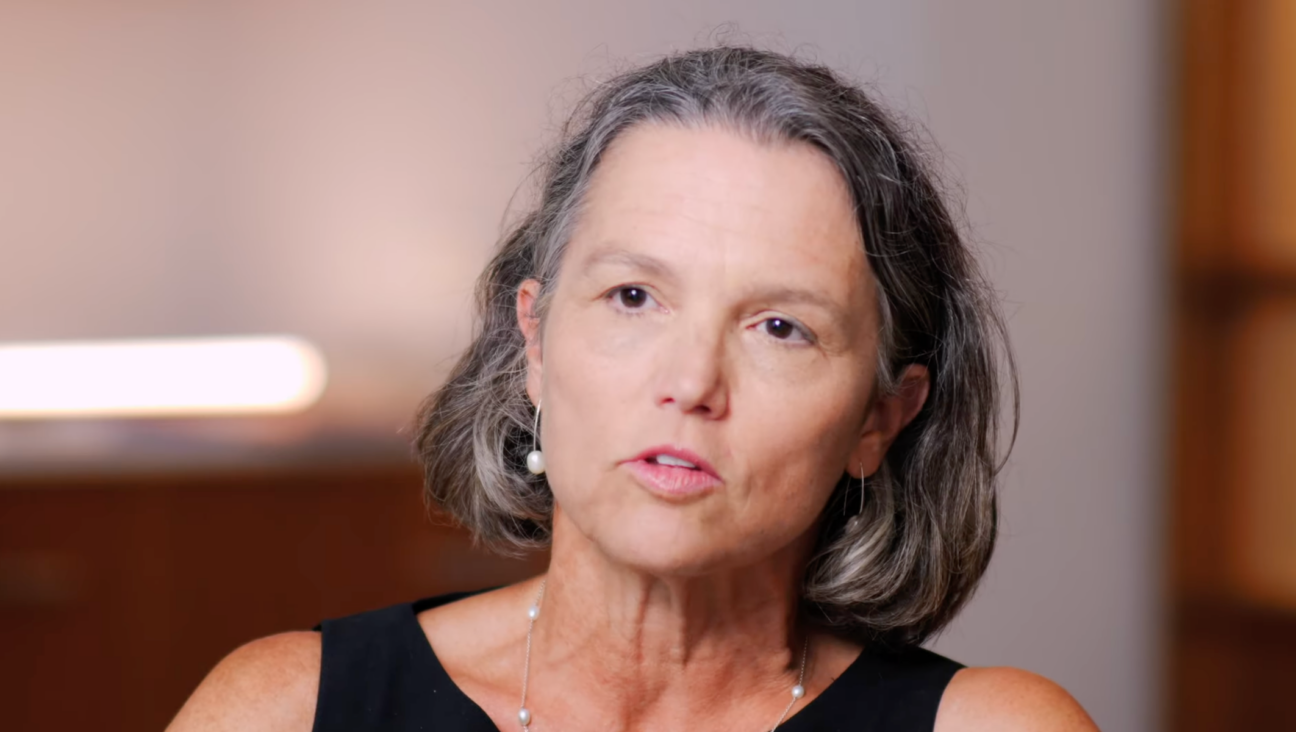
Fast Forward Katrina Armstrong steps down as Columbia president after White House pressure over antisemitism
-

Yiddish אַ בליק צוריק אויף די פֿאָרווערטס־רעקלאַמעס פֿאַר פּסח A look back at the Forward ads for Passover products
קאָקאַ־קאָלאַ“, „מאַקסוועל האַוז“ און אַנדערע גרויסע פֿירמעס האָבן דעמאָלט רעקלאַמירט אינעם פֿאָרווערטס
-
Shop the Forward Store
100% of profits support our journalism
Republish This Story
Please read before republishing
We’re happy to make this story available to republish for free, unless it originated with JTA, Haaretz or another publication (as indicated on the article) and as long as you follow our guidelines.
You must comply with the following:
- Credit the Forward
- Retain our pixel
- Preserve our canonical link in Google search
- Add a noindex tag in Google search
See our full guidelines for more information, and this guide for detail about canonical URLs.
To republish, copy the HTML by clicking on the yellow button to the right; it includes our tracking pixel, all paragraph styles and hyperlinks, the author byline and credit to the Forward. It does not include images; to avoid copyright violations, you must add them manually, following our guidelines. Please email us at [email protected], subject line “republish,” with any questions or to let us know what stories you’re picking up.







